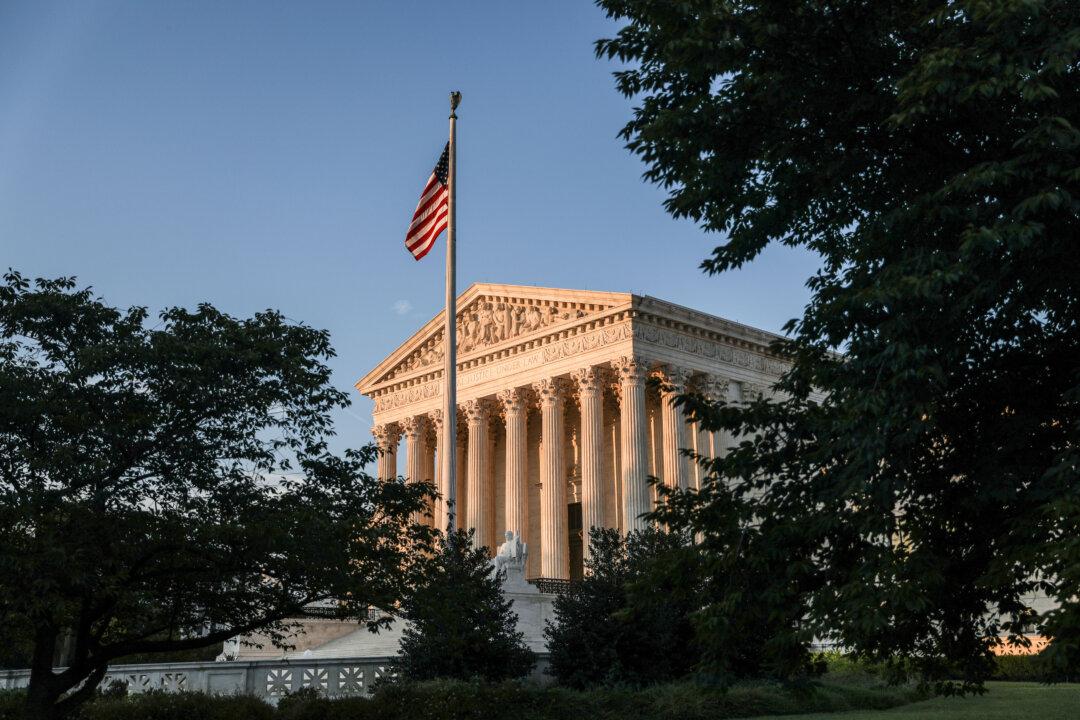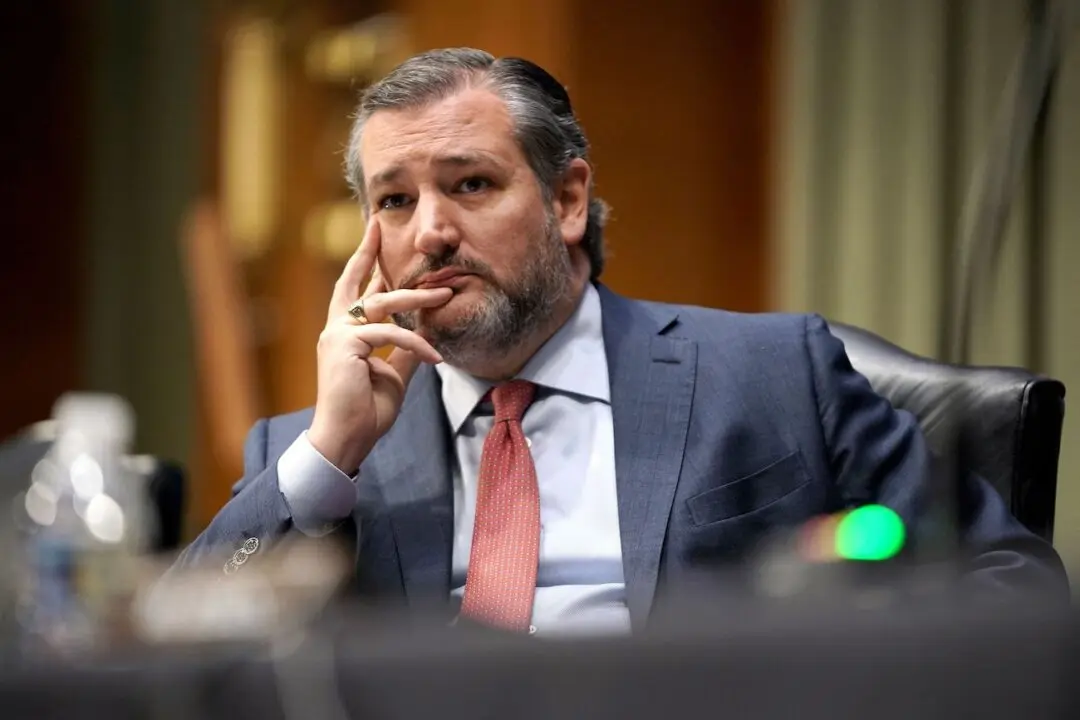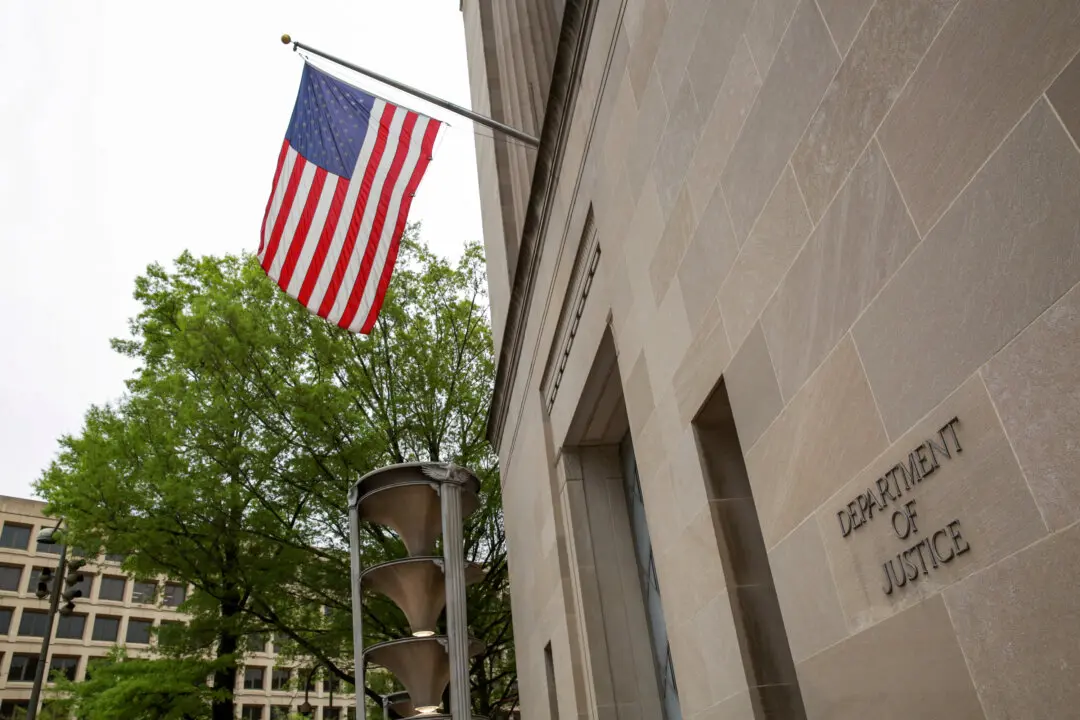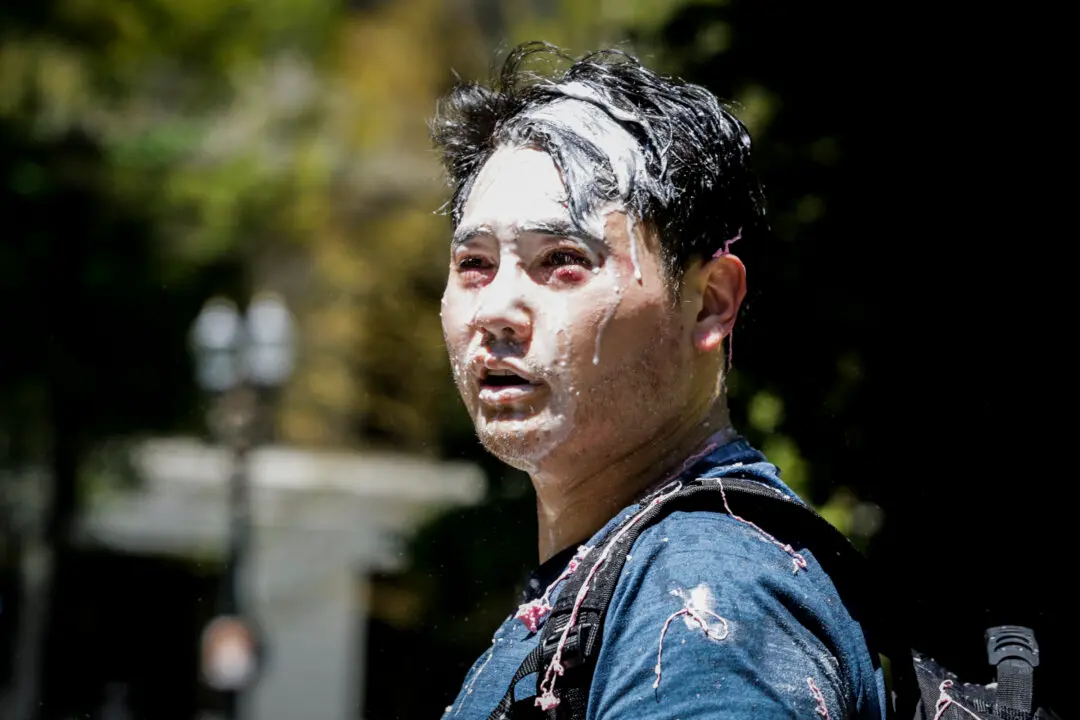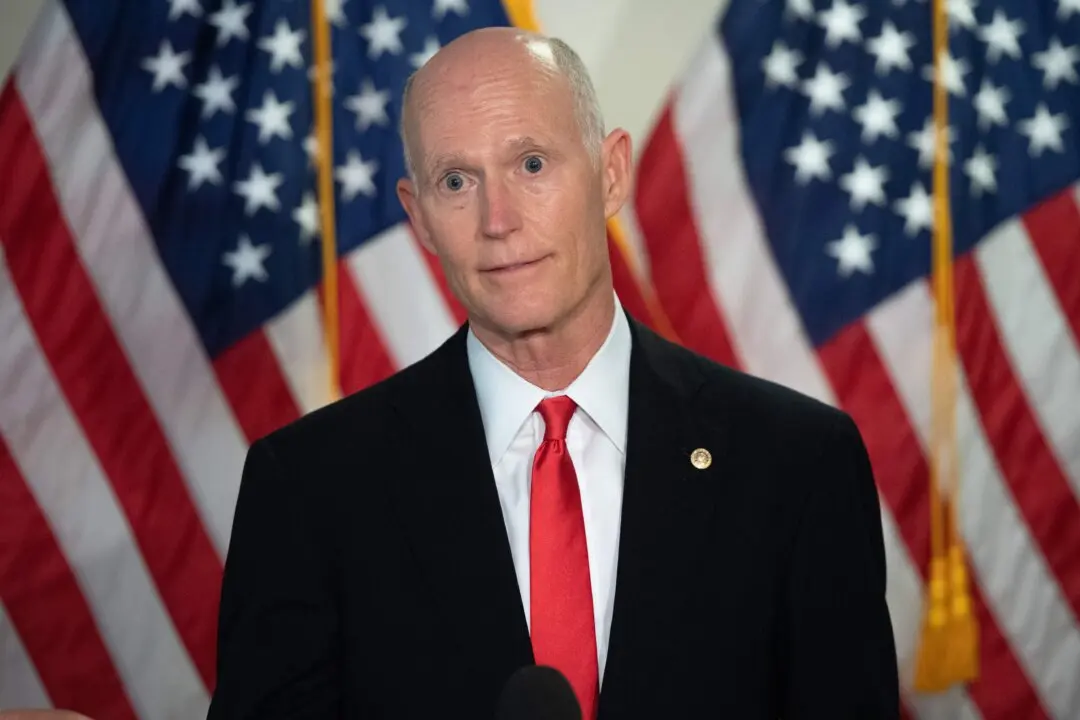The Trump administration asked the Supreme Court on Friday to allow the United States to continue to enforce a policy that would send illegal immigrants to Mexico while they wait for a court to process their claims.
The Justice Department (DOJ) filed a request to the top court to lift a preliminary injunction issued by a lower court against one of the administration’s key immigration policies, the Migrant Protection Protocols (MPP), pending a petition of a writ of certiorari. The Department also asked the court to allow the United States to enforce its policy while the court considers its request.
